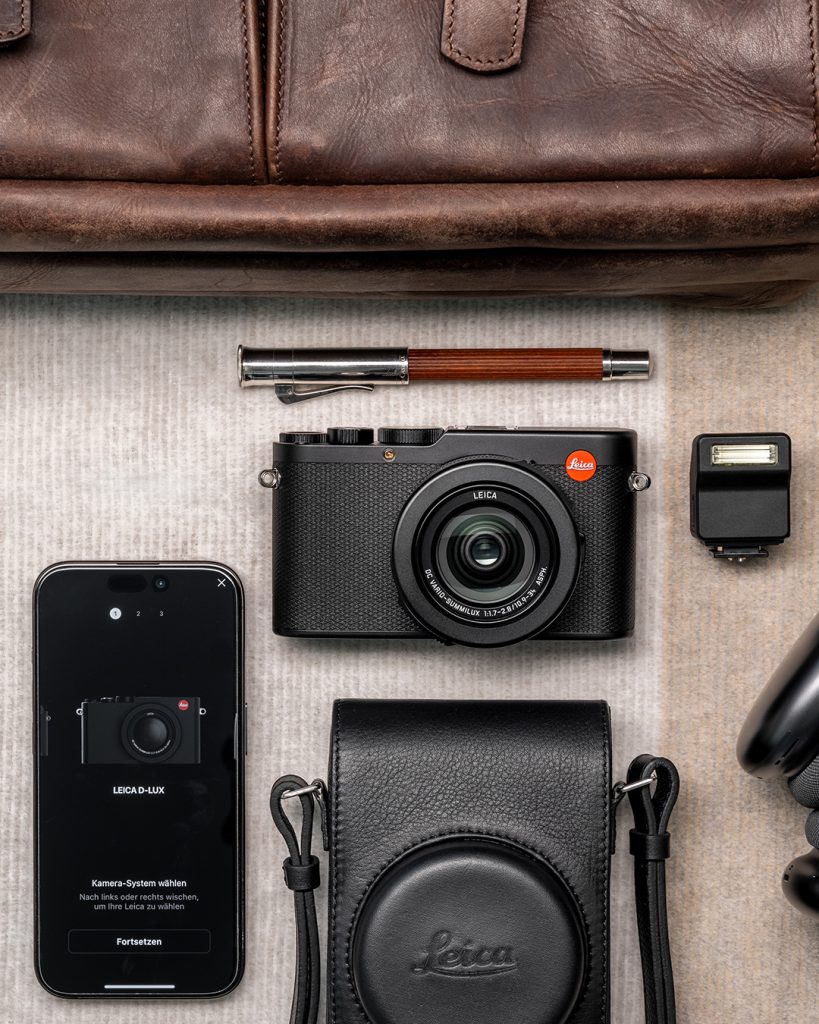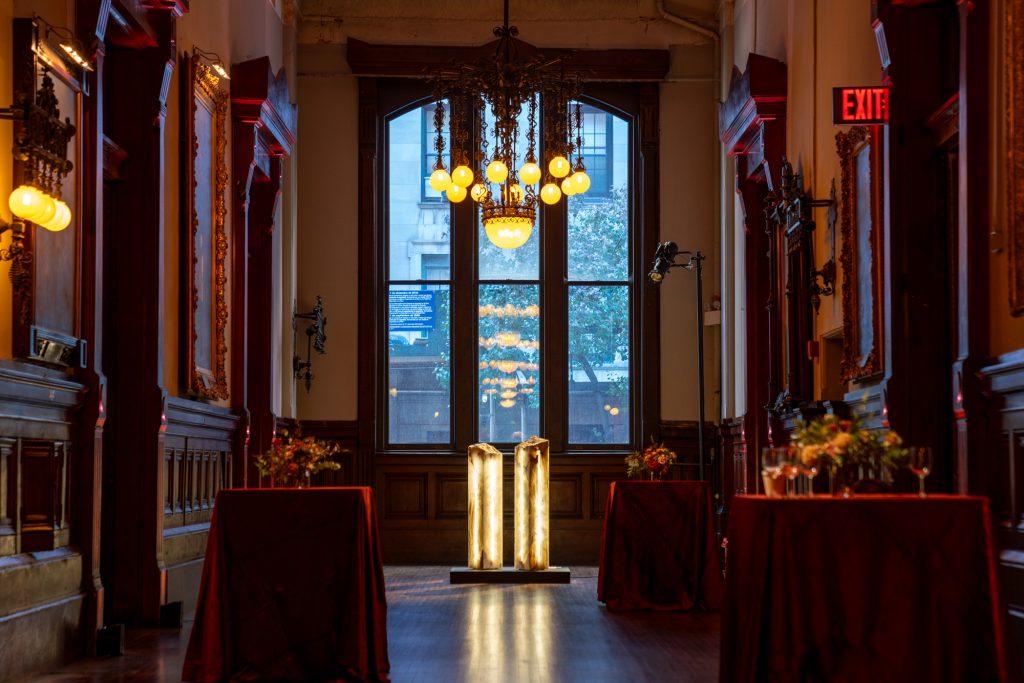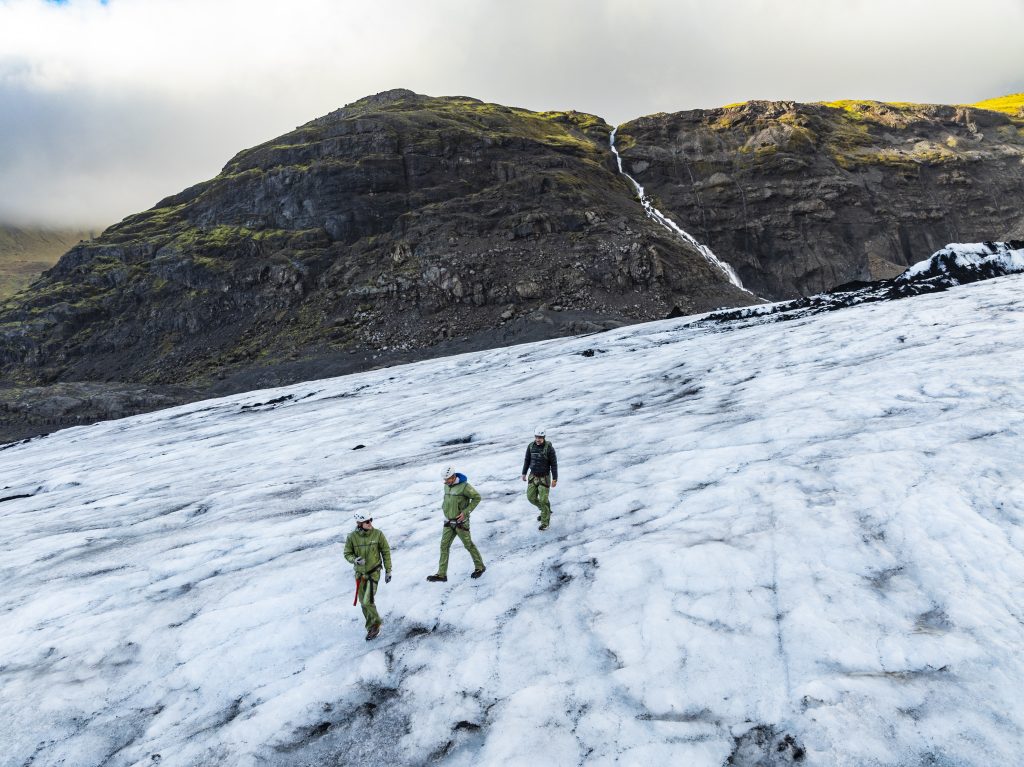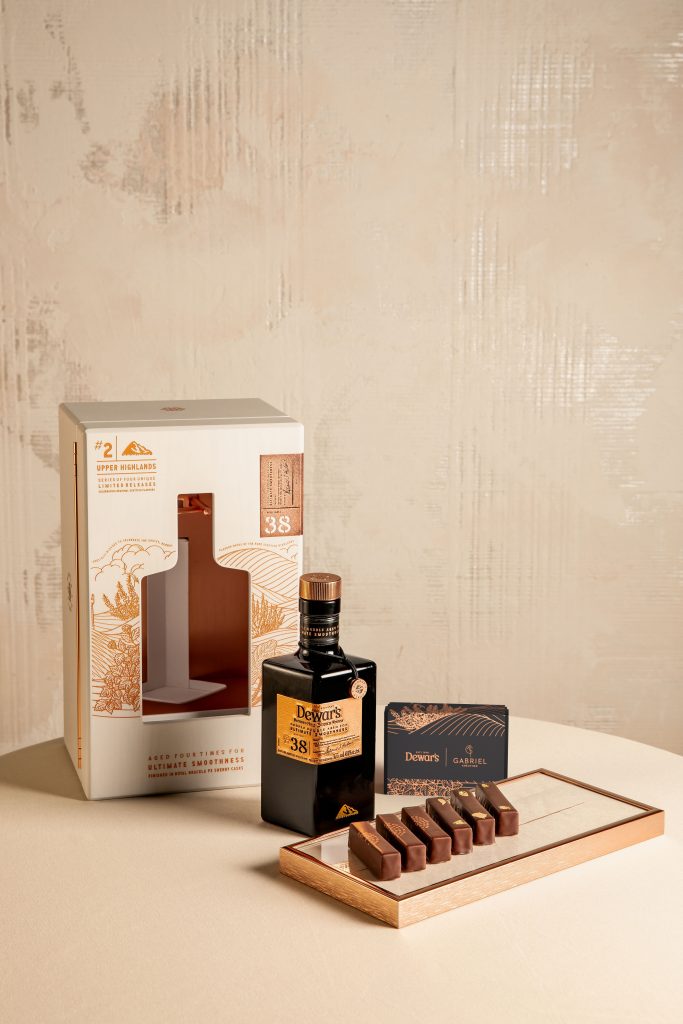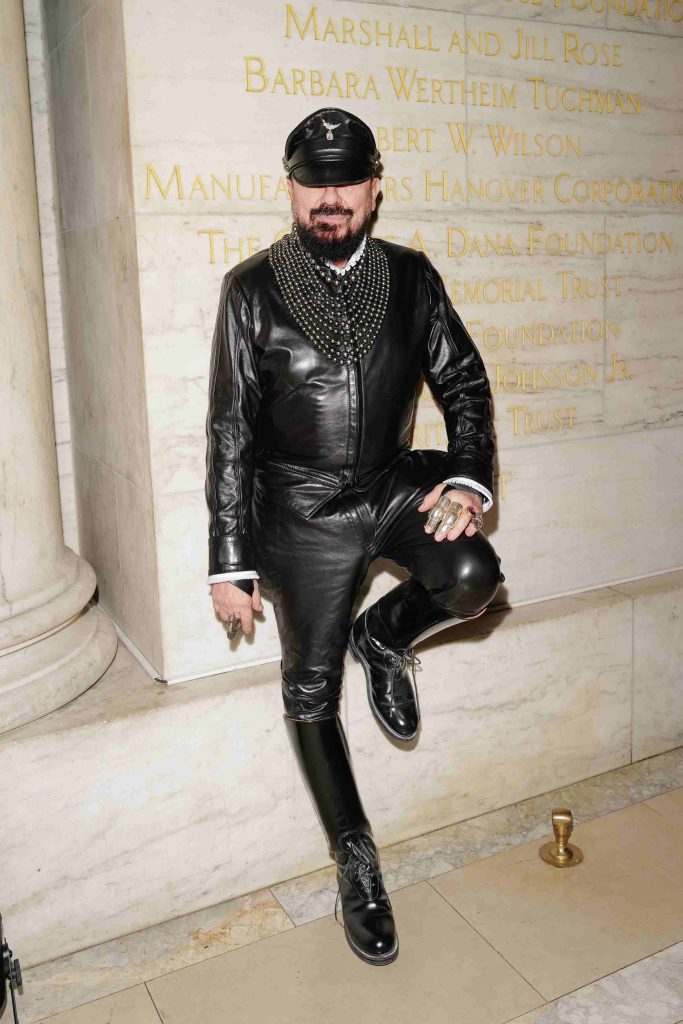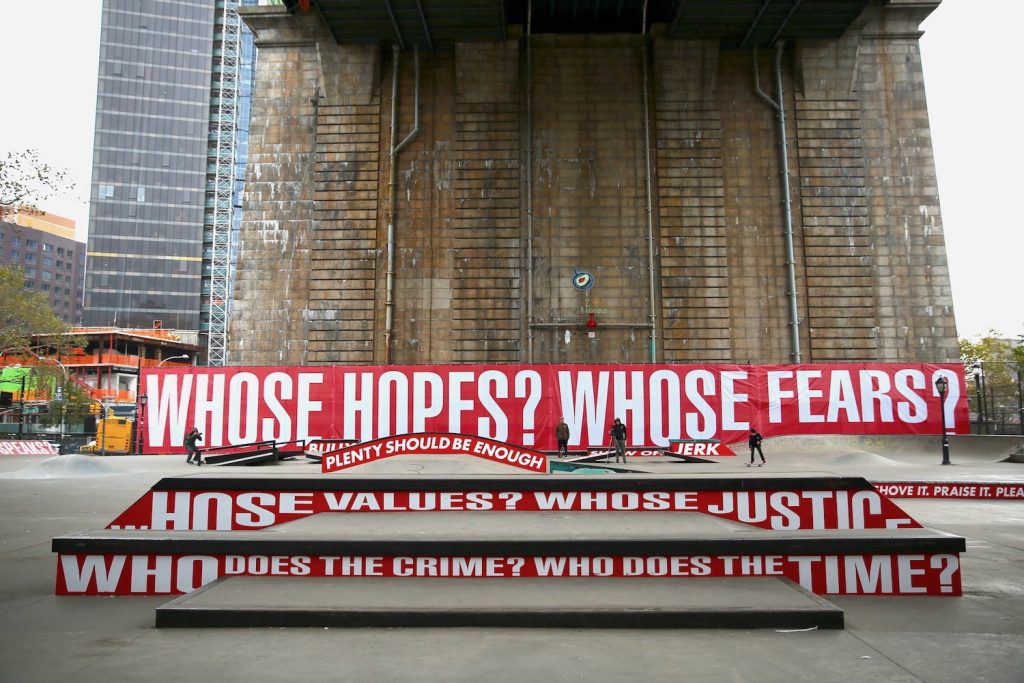Archaeology, Camels and Cars: From The Dead Sea to Petra
We ride with archaeologist Sarah Parcak and Infiniti to the ancient city in Jordan

It’s early morning in Jordan’s Wadi Rum and we’re loading our gear into the fleet of Infiniti QX80s, backed by only the sounds coming from doors opening and closing shut, and feet shuffling silently in the red sand. Despite the bright LED lights of our fleet SUVs, an observatory’s worth of glowing stars remain visible above, shining down in the pre-dawn desert. As I sit behind the wheel, archaeologist Sarah Parcak hops into the passenger’s seat. “I’m prefacing our conversation by warning you everything I say is pre-coffee,” she says. But it’s soon clear that Parcak’s pre-coffee cognitive state is already far ahead of the majority of us.

Tasked with choosing our playlist, Parcak decides on Rimsky-Korsakov’s Scheherazade, performed by the Boston Symphony Orchestra. It seems to set the right mood for the day—one of curiosity and exploration, and irregular by any measure. We’re retracing the steps of T.E. Lawrence on the road to Aqaba, as part of a journey that started from the Dead Sea, to the beautiful Wadi Rum desert and will end up at the ancient trading city of Petra. While Al-Khazneh (aka Treasury) is world-renowned, the larger site is decidedly impressive, for its history and state of preservation. But there’s a twist.

Parcak has discovered a new site in Petra, which she believes may yield even more cultural treasures—an area of the site we’ll visit today. How she discovered it was also unique, and part of a growing phenomenon she’s helping to push, along with other archaeologists: Parcak uses remote sensing technology, including satellite imagery to help find potential new sites.

As a professor of anthropology at the University of Alabama at Birmingham, Parcak says her students always ask, “How much can there be left to be discover?” She wanted to get a sense of that herself. And rather than focus on the greater archaeological world (Mesopotamia, Cambodia, South America, or even Jordan) she narrowed that to her area of concentration, Egypt.
I feel comfortable saying that we have discovered far less than one percent of the sites in ancient Egypt alone
“We have records going back 150 years, and I took the sum total of all the known excavated sites in the Egyptian Delta. I very generously rounded up the total volume of the areas excavated, compared to the total volume of the sites as they existed at that time, before they were destroyed partly by agriculture, and urbanization. Then we ran the math. We’ve excavated 1/1,000th of one percent of the sites in the Egyptian Delta alone. Add on top of that the number of previously undiscovered sites my team and I have mapped and surveyed, and then you add on top of that the number of sites in upper Egypt that are far less excavated, and I feel comfortable saying that we have discovered far less than one percent of the sites in ancient Egypt alone.”

Parcak credits her interest in harnessing remote-sensing technologies to her grandfather, Harold Young, who was a forestry professor at the University of Maine. Young was one of the pioneers in the application of aerial photography and photogrammetry in forestry. In that application he would map and measure tree heights, forest density and tree species. Parcak says, while he never made the shift to computers, she thinks he’d be pretty excited about how far the field has come. “By a long shot I’m not the only one doing this—there are several others using remote-sensing technologies. Whether you’re doing work in paleontology, preservation, conservation, or landscape mapping, so much of this is interconnected. That includes mapping from drones and lasers, or terrestrial LiDar mapping, or 3D reconstruction of sites.”

As the sun slowly warms the upper reaches of the sky, we come into view of The Seven Pillars of Wisdom. I press gently on the brakes and slow our vehicle down to take in the sight. Despite having been to Jordan, and this area before, Parcak stops to snap some photos and to take in the spectacularly beautiful surroundings.
If you stare at the globe long enough, you stop seeing borders, and you start seeing the interconnectedness of the planet
“One of the things I like about the field generally,” Parcak says, “is what astronauts call the ‘overview effect.’ If you stare at the globe long enough, you stop seeing borders, and you start seeing the interconnectedness of the planet, and that’s profoundly affected how I think about the world, and the past, and how I think about my colleagues. That’s the spirit in which I approach remote-sensing.” She says the data for the sites and the learnings from the digs allow us to ask bigger questions, and push more on what we don’t know.

This is partly what caught Infiniti’s attention as well. Parcak (a TED Fellow and winner of the 2016 TED Prize) is no stranger to taking on convention, which is a spirit Infiniti felt was shared. This makes her an obvious choice for an ambassador, as when she began using satellite archaeology it allowed for breakthroughs (and continues to) in her industry.

Back in 1989, Infiniti entered uncertain territory, aiming to be a Japanese luxury car brand set to challenge an industry without historical precedent. (There were no other Japanese car companies doing that before 1989, and Lexus debuted that same year). Along with taking that risk, the brand has also pioneered several industry firsts. Parcak says she appreciates that daring nature.

Above us, the sky is brightening quickly. On the ground, the mesmerizing red hues of the rocks and sand are taking their more familiar appearance as we get closer to the village. We’re less than two hours away from Petra, and Parcak tells us about the new site she’s found—this one dating back two millennia. “The site we found is massive. When we first started satellite, images were 2.5 meters, we now have ones that are .3 meters, which is an order of magnitude different in the work that I do. You can now see this site on Google Earth. You couldn’t see it on Google Earth when we first spotted it, but even with the more crude images, we found a recta-linear anomaly.”

Parcak says it’s not clear where the Nabateans (a group of ancient Arab peoples) that lived in the area came from, but she believes they were a mostly a semi-nomadic people that became more settled as wealth came into the region, and they chose to settle in Petra. The area was perfectly situated along the Silk Road.

“So my colleague that I’m working in collaboration with on this went out and did drone mapping of the area, and we think we’ve found a monumental structure. We believe it to be a ritual site, dating to the first or second century AD. It’s located at a very high point, similar to other temples and ritual sites, and it’s located in a very strategic location. About 200 meters by 160 meters.” She says a central feature is an altar, and while she stresses they have to be very careful with the words used, she believes the finding correlates with a temple site. “It needs to be excavated, and I hope that will happen in the next couple of years.”

Parcak explains that digs globally will vary, but in Egypt they’re somewhat similar. “You typically have an excavation director—which is my role. I run a joint mission with the Egyptian government, so I have an Egyptian co-director, and I have roughly 12-15 core staff.” A field director is responsible for the field work, making sure all the specific units are being recorded properly, and that good archaeological work is happening. The archaeologists themselves work individually, and sometimes there’s an architect who draws, maps, and plans all the architecture that you find. A registration team logs them, and artists will draw them. “Lest you think it’s 2019 and we can just take digital photos and 3D-print what we find, it’s the artists that will be able to comment on the material, make, and the artist marks, they’re totally essential.”

Beyond that there are focused specialists, like Parcak’s ceramics team, who analyze the countless pot shards that are found. Seed specialists connect the arhaeo-botanical remains. There are anthropologists and bioarchaeologists who look at human remains and determine age, sex, and health of the populations. Conservationists may be brought in to help preserve painted materials or stabilize objects. And there are people coming into tombs, taping cracks or putting in cross-pieces and making sure they won’t collapse. “Safety is the number one concern for my staff. It’s no laughing matter, people have been killed before in a collapse in other places, and I can’t take that risk,” Parcak says.
Another concern within archaeology is looting. Following 2011 and the Arab Spring, there has been an uptick in looting, which Parcak’s team has been tracking with high-resolution satellite imagery. “There are a lot of big questions, about networks, who’s doing the looting, and how is it leaving Egypt? How is it ending up in Western markets, and how much money is the black market worth? As far as the routes, we think it’s the same as the gun running, drug running, and human smuggling, because those routes are already well-established.” Parcak says that looting pits look the same all around the world. “We mapped over 200,000 pits, it wasn’t a happy six months of my life. I like finding things, not finding looting.” Step one in stopping it is data. “You can’t protect them if you don’t know where they are, and we can then provide governments with detailed heritage databases and other cultural assets,” she explains.

Ideally it’s possible, but the future of archaeology will also include and empower “citizen archaeologists” through Parcak’s GlobalXplorer initiative, which encourages the global community to help analyze satellite images. “It started in Peru, and it’s this idea of empowering local archaeologists with new tools and new technologies. We help support them and let them go out and do what they’re best at. We’re going to India next,” Parcak says excitedly.

Her techniques have already helped locate 17 potential pyramids, some 3,100 forgotten settlements, and 1,000 potential lost tombs in Egypt. She hopes that with the help of citizen scientists they can uncover much, much more. Together, we’re piecing together an enormous jigsaw puzzle—and everything we know of archaeology and history may only be a few pieces. But there’s a sense that, in the coming decades, we just might get a sense of the broader picture. And the site we’ll glimpse today, once excavated, may just be a tiny part of the archaeological puzzle.
Images by Abdulla Jaafari



